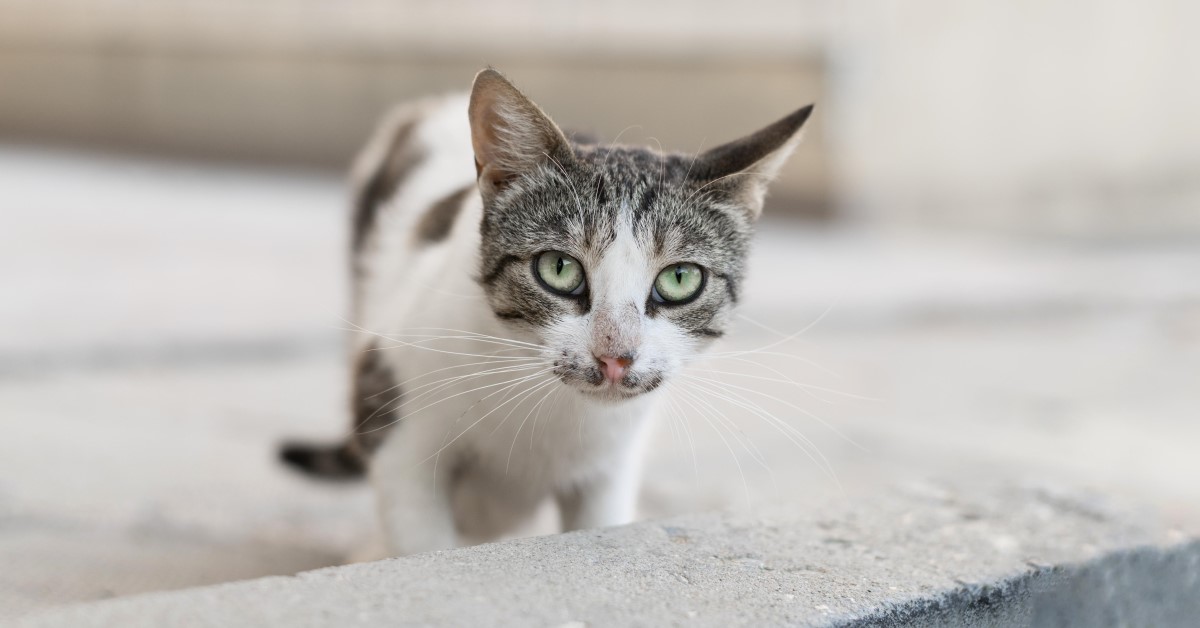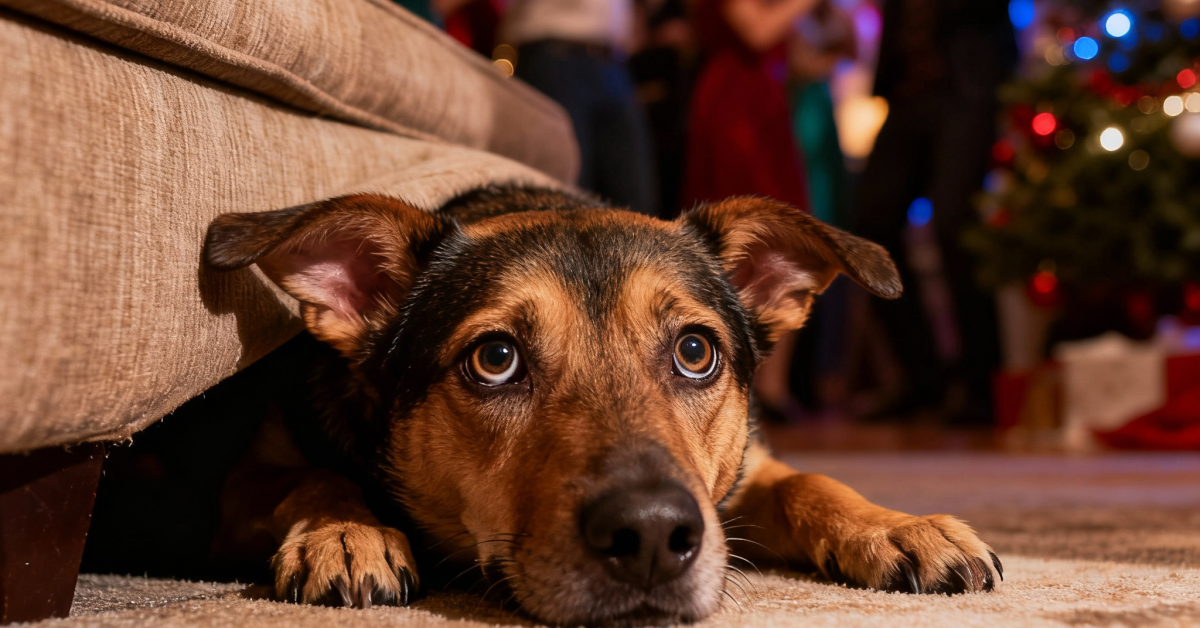Best Diet for a Malnourished Cat
Help a malnourished kitten or cat recover their health with a balanced diet of essential vitamins and minerals.

Malnutrition is a serious condition that occurs when the body doesn’t get sufficient nutrients. Maybe you found a stray kitten on the street and brought it home to care for. Or perhaps your own cat is showing signs of malnutrition due to a medical condition that prevents your pet from absorbing essential nutrients. Regardless of the cause of the malnourishment, it’s important to help the animal recover to reduce the risk of long-term health problems.
What Is Malnutrition in Cats?
Malnutrition in cats occurs when there is an imbalance or deficiency in a nutrient or multiple nutrients in the body. In time, a malnourished cat will start to lose weight and become emaciated. If the body does not or cannot take in vital nutrients, normal body functions will be comprised, causing a wide range of signs and symptoms to develop, such as:
- Weight Loss: Rapid weight loss is a common sign of malnourishment in cats. When a cat does not receive essential nutrients or is unable to absorb vital nutrients, his body is not able to sustain a healthy weight, causing the cat to become underweight.
- Digestive Issues: Cats that appear to be malnourished may be suffering from digestive problems. Gastrointestinal issues may include diarrhea, gas, or inconsistent bowel movements.
- Poor Coat Health: If your cat had a shiny, beautiful coat but it is now dull and brittle, it could be due to malnourishment. When a cat is unable to get the vitamins and minerals it needs, it could experience hair loss or changes in hair color, texture, or density.
- Weak Immune System: When cats become malnourished, they often appear lethargic or sick. These are typical signs of a weakened immune system, and your cat may be trying to fight off harmful bacteria or an infection.
- Bad Breath: One unusual sign that your cat may be malnourished is chronic bad breath. A foul or pungent odor from the mouth could be a sign that your cat has an infection that is contributing to malnutrition, especially if the bad breath is accompanied by other signs and symptoms of malnourishment.
What to Feed a Malnourished Cat
If you’re caring for a cat that appears malnourished, the first thing you want to do is provide fresh, clean water. Dehydration in cats can cause a wide range of issues, such as poor appetite, weakness, lethargy, dry mucous membranes, and in severe cases, sunken eyes.
Before feeding a malnourished cat, familiarize yourself with refeeding syndrome. When a cat has not eaten for several days or is suffering from malnutrition, your first instinct may be to feed the cat as much as possible. However, if a malnourished cat eats too much too quickly, the result can be life-threatening.
This is because a malnourished cat’s body often goes into starvation mode which alters the way that it manages nutrients. If you reintroduce food too quickly, it can cause serious imbalances in fluid distribution and electrolytes that could be harmful to the cat’s health.
Canned food is often the best way to feed a malnourished kitten or cat. Dry cat food contains grains which can be difficult for starving cats to digest right away. While many dry cat foods contain up to 30 percent carbohydrates, canned cat foods contain just three to five percent carbohydrates.
As you don’t want to feed your malnourished cat large amounts of food, it’s best to add nutrients to their diet in a different way. Supplements are a great way to get your malnourished cat the essential vitamins and minerals it needs without overfeeding. Ask your vet about what types of supplements to offer.
Tips to Help Malnourished Cats Get Healthy
Helping a malnourished kitten or cat reach a healthy weight takes time and a proper diet. Here are some ways to help your malnourished pet gradually gain weight:
1. Feed Your Cat Frequent Meals
Instead of feeding your malnourished cat large amounts at once, feed them smaller meals frequently throughout the day. Place the food bowl in a quiet area that is free of noise and other disturbances that could deter the animal from eating.
2. Add Calories with Meat
Cats are natural meat eaters and are unlikely to turn their nose up to cooked chicken, beef, or turkey. Adding small amounts of meat to your cat’s meals can also help them take in additional calories while delivering important nutrients.
3. Warm Up Your Cat’s Food
Gently heat up your cat’s food to create an alluring aroma. Cats are also more likely to eat food that is slightly warm compared to cold or room temperature.
4. Change Up Your Cat’s Diet
Similar to humans, cats have preferences when it comes to food. If you find that your malnourished cat refuses to eat some types of food, try offering something different. For example, if your cat doesn’t seem to like tuna, offer chicken instead.
5. Increase the Food Amount Gradually
As your cat starts to recover and gain weight, start to increase the amount of food at each meal. The average adult cat weighs approximately 10 pounds and requires between ⅓ and ½ a cup of food per day.
When to See Your Vet About a Malnourished Cat
If you discover a starving cat in your neighborhood or your cat suddenly appears malnourished, consult your vet. It’s also important to speak with a vet if your cat shows certain symptoms, such as weakness, difficulty breathing, nasal discharge, swelling, or neurological issues.
Ready to start saving money on pet wellness care?
Then take a look at Mint Wellness, the pet wellness plan that provides fast reimbursement on routine pet care. Save on vaccinations, wellness exams, preventatives, dental, and more!
Learn More


